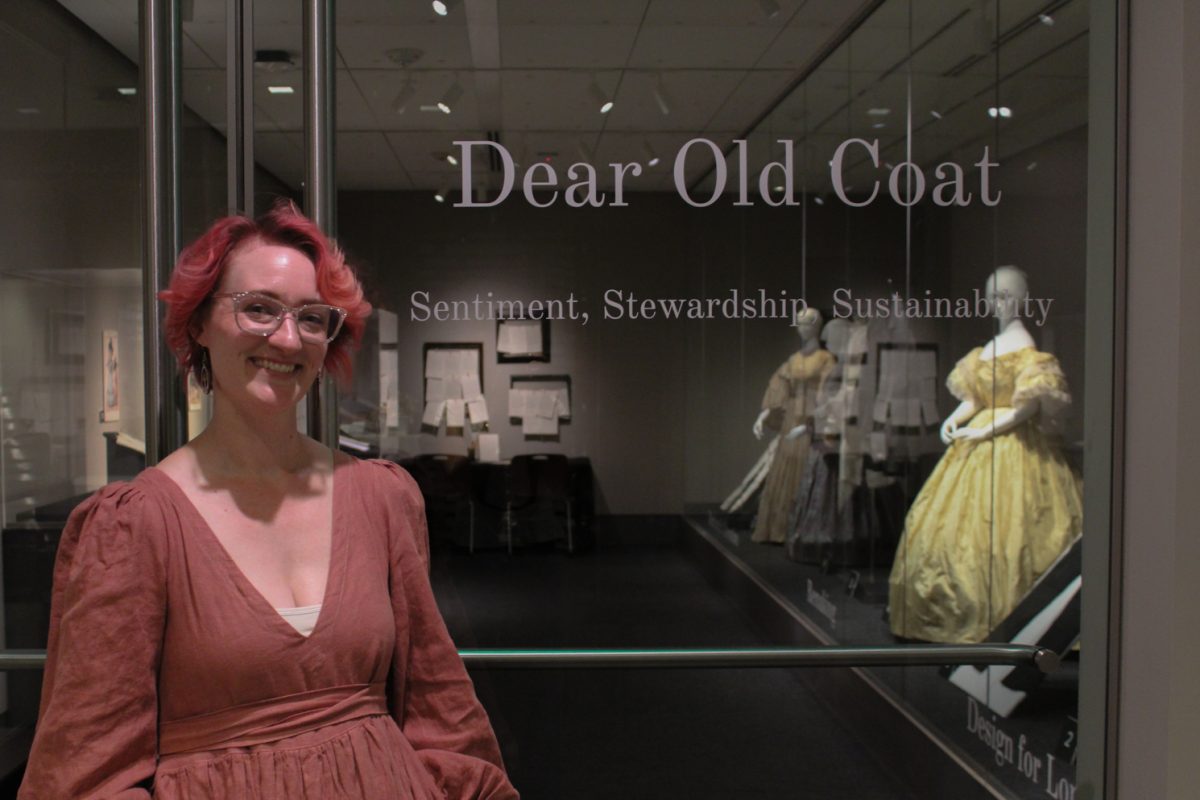Winemakers love to get creative with their craft, creating endless possibilities to an ancient alcoholic beverage. But deciding which wine is for you can pose a dilemma.
Lost Prairie Winery employee Karen Giesler said many beer drinkers do mow know what type of wine they like.
“We try to tap into other flavor profiles that they might enjoy,” Giesler said. “Reds or whites. Sweet or full-bodied. That way we can guide them through the tasting process, and they can usually find something they love.”
Owner of Ten Bears Winery, William Conkling, said in wine tasting, balance is important.
“You won’t want something that is one-dimensional,” Conkling said. “You will want something with an oaky flavor that is not too over the top, and just let the grapes speak for themselves.”
The main difference in types of wine is color. Wine gets its colors from tannins, a naturally occurring substance in grapes and other fruits that give a bitter and dry flavor.
White and blush wines usually have very little tannins, making them sweet and easy to drink. Red wines contain a lot of tannins, giving a blood-like color and rich taste.
“The variety and complexity of wine is the most interesting to me,” said Daniel Larason, a horticulture & landscape architecture major and member of the CSU Vines to Wine club. “There is so much out there you could not get bored with. There is always something to learn with this drink.”
Although there is a lot to learn, here is a beginners guide to selecting a wine that will appeal to your individual flavor pallet:

Popular Reds
Cabernet sauvignon– Full-bodied, meaning it contains lots of tannins with herbal notes.
Flavor: Black cherry, spicy and oaky.
Fun Fact: Cabernet sauvignon is the most popular wine variety in the world.
Try: Carbernet and Merlot blend from Lost Prairie Winery
Merlot –Less tannic than Cabernet sauvignon.
Flavor: Fruity, spicy, and very soft.
Fun Fact: Because Merlot wine is so sensitive to light, this wine will have an orange tinted rim.
Try: Grand Valley Merlot from Ten Bears Winery
Pinot Noir- High acidity and low tannins.
Flavor: Roses, fruits, and currant. If you like this wine, try Pinot Grigio and Pinot Blanc. These are simply color mutations of the Pinot Noir grape and produce similar taste.
Fun fact: This wine is thought to be 2,000 years old.
Try: 5680’ Vineyard Pinot Noir
Popular Whites
Chardonnay: This wine was most popular throughout the 1990’s and can be made into sparkling or still.
Flavor: Velvety taste with citrus and oaky flavors.
Fun Fact: Chardonnay grapes originated in eastern France but are now grown wherever wine is produced, from England to New Zealand.
Try: Bin Green and Gold Ram’s White from Ram’s Point Winery
Sauvignon blanc- Different from Chardonnay because of its green and herbaceous flavors.
Flavor: Lime, green apple, or white peach (sometimes bell pepper or jalapeño). This wine is considered fairly dry in taste.
Fun Fact: The name Sauvignon Blanc means “Wild White”.
Try: Alias Sauvignon Blanc 2016 from the Colorado Wine Company
Riesling- This German wine is very complex and layered. It’s fruity but with a healthy amount of tannins.
Flavor: Apple, lime blossom, and pear. This wine is usally sweet and fruity. If you are looking for something more zesty, ask for a “dry” Reisling.
Fun fact: Reisling is considered the versatile food pairing wine because of its high acidity and different levels of sweetness.
Try: Infinite Monkey Theorem Reisling
Collegian reporter Sarah Ehrlich can be reached at entertainment@collegian.com and on Twitter @SarahEhrlich96.








